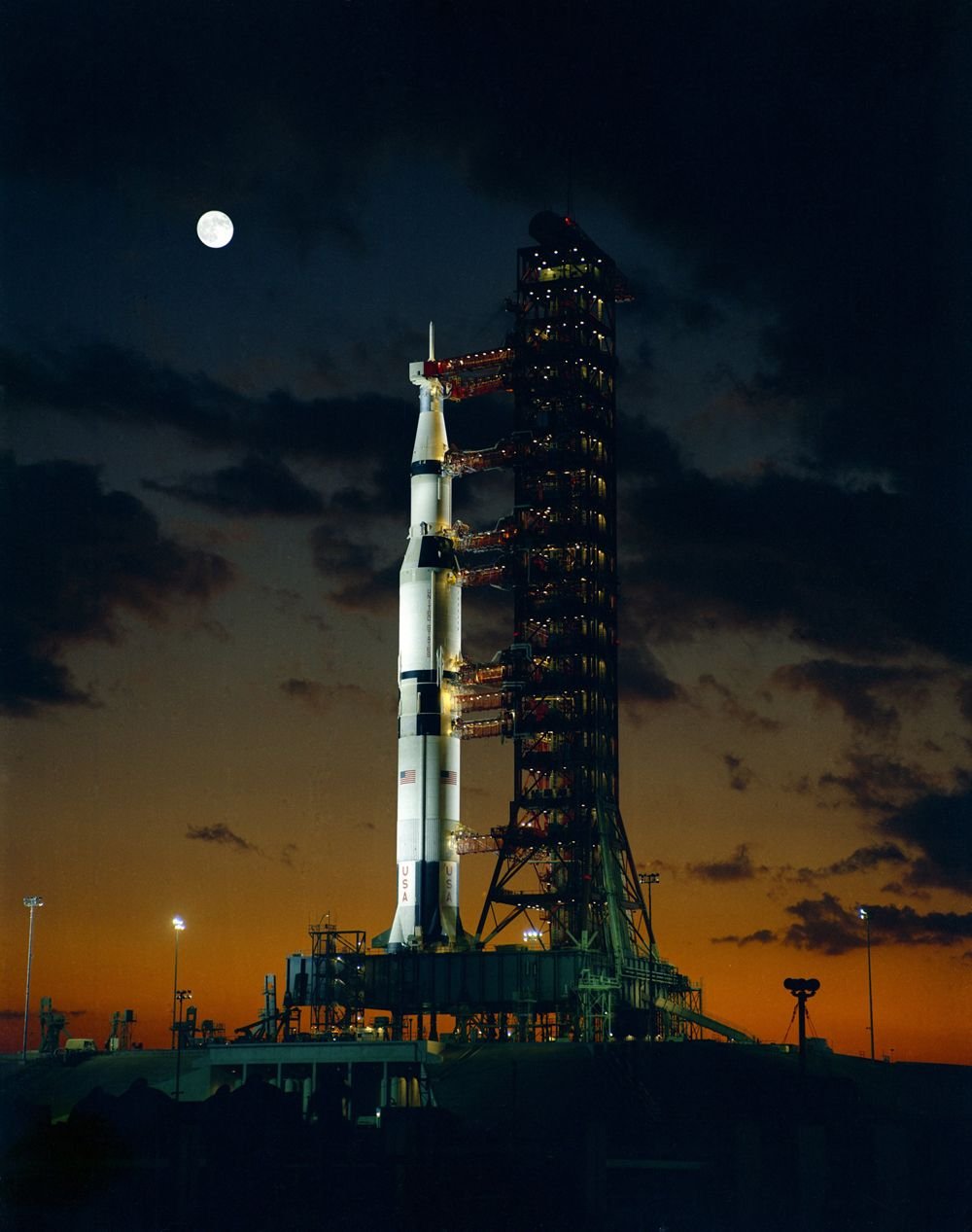Introduction
India, a nation steeped in a rich history of scientific achievements, has embarked on an extraordinary journey in the field of rocketry and space exploration. While India has yet to develop a rocket on the scale of the iconic Saturn V that propelled the United States’ Apollo missions to the moon, the country’s endeavors have been nothing short of remarkable.
This article aims to delve deeper into the factors behind India’s unique challenges in developing a rocket of similar magnitude, while celebrating the nation’s noteworthy achievements in space exploration.
Historical Context
India’s venture into space exploration started later than that of the United States’ Apollo program, with the establishment of the Indian Space Research Organization (ISRO) in 1969. This marked the beginning of India’s ambitious foray into space, driven by the vision of harnessing space technology for the nation’s socio-economic development.
However, compared to the Apollo program, which enjoyed an unprecedented budget and extensive resources, ISRO had to navigate its path with limited initial funding and infrastructure.
Technological Challenges
Developing a rocket as powerful as the Saturn V necessitates mastering complex and cutting-edge technologies. One of the primary challenges for India has been the acquisition and mastery of cryogenic engines. These engines utilize liquid propellants at extremely low temperatures, providing higher thrust and efficiency.
Acquiring this technology has proven to be a formidable hurdle due to various factors, including cost constraints, international restrictions on technology transfer, and a shortage of specialized expertise in the field.
Financial Constraints
India’s space program has been shaped by pragmatic fiscal realities, as it operates on a much smaller budget compared to the Apollo program. As a developing nation with numerous socio-economic priorities, India’s space endeavors have been focused on cost-effectiveness and optimization of resources.
This approach has led to the development of innovative solutions and efficient launch vehicles, such as the Polar Satellite Launch Vehicle (PSLV) and the Geosynchronous Satellite Launch Vehicle (GSLV), which have played crucial roles in India’s space missions.
International Collaboration
The Apollo program thrived on international collaboration, with scientists and engineers from various countries contributing their expertise to the missions. However, India has faced challenges in establishing extensive international partnerships due to geopolitical factors and technology transfer restrictions.
Despite these obstacles, ISRO has successfully collaborated with several countries, exchanging knowledge and experiences, and forging collaborations that have contributed to India’s space achievements.
Focus on Indigenous Development
India’s space program has always prioritized indigenous development and self-reliance. By focusing on building homegrown capabilities, ISRO has made significant strides in satellite technology, remote sensing capabilities, and interplanetary missions.
The Mars Orbiter Mission (MOM), launched in 2013, stands as a testament to India’s ingenuity and determination. MOM was the nation’s first interplanetary mission, and it achieved global acclaim for being cost-effective and successful, entering Mars’ orbit in its maiden attempt. This achievement showcased ISRO’s capabilities and bolstered India’s position in the international space arena.
Long-term Vision
India’s space program has always been guided by a long-term vision of sustainable space exploration. Rather than pursuing one grand endeavor like the Saturn V, ISRO has focused on incremental advancements and diversification of its missions. This approach has allowed India to explore various domains of space exploration, including satellite communication, earth observation, space science, and interplanetary missions.
ISRO’s future plans include ambitious missions to explore the moon, conduct space-based research, and engage in human spaceflight. These goals demonstrate India’s commitment to pushing the boundaries of space exploration while adhering to its self-reliance and cost-effectiveness principles.
Conclusion
India’s journey in space exploration has been an awe-inspiring saga of perseverance, innovation, and determination. Despite facing unique challenges, India has emerged as a formidable player in the global space community. While a rocket on the scale of the Saturn V may remain a distant goal, India’s achievements in satellite technology, interplanetary missions, and self-reliance are commendable.
As the country continues to advance its space program, it does so with an unwavering commitment to sustainable exploration and the betterment of humanity. India’s contributions to space research stand as a testament to the power of human ingenuity, and they inspire us to dream bigger and reach higher, fueling the collective ambition to explore the cosmos.

